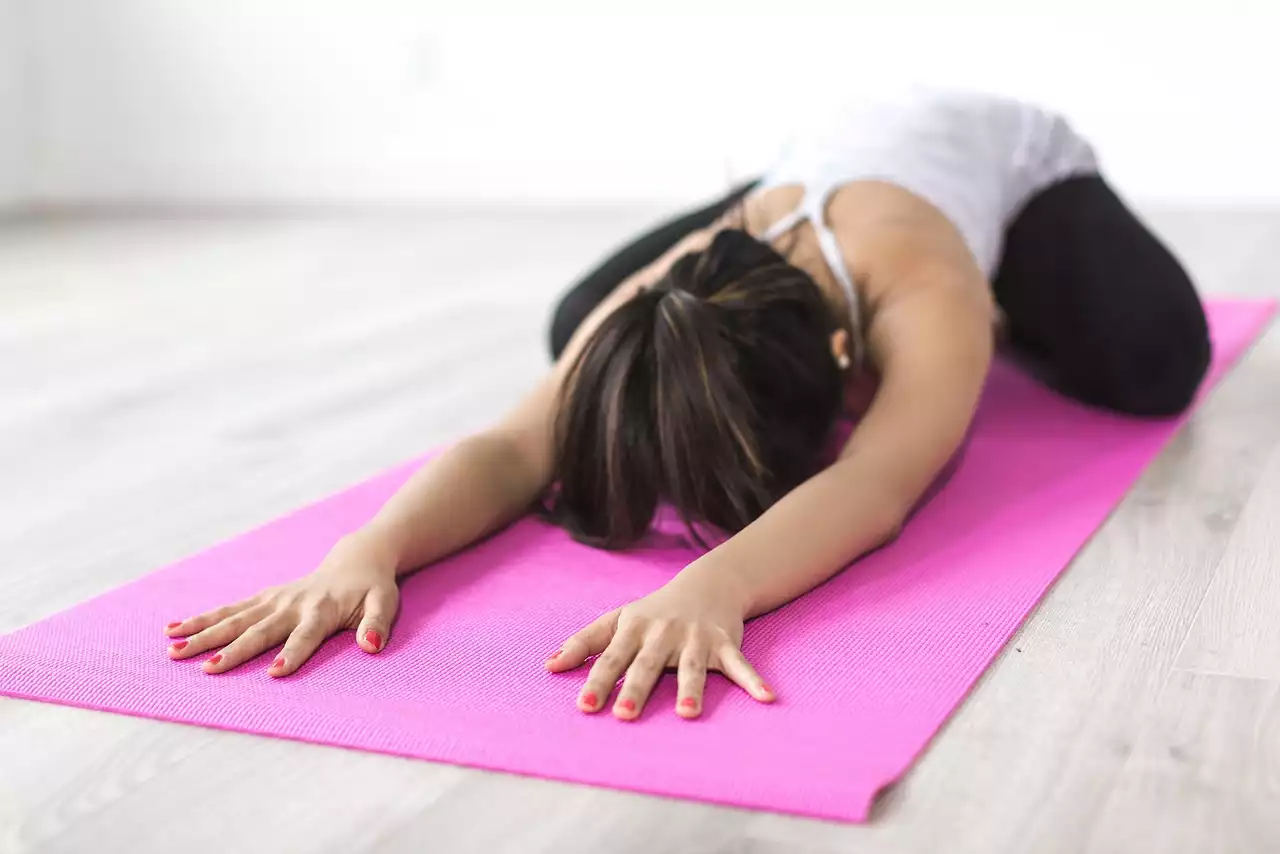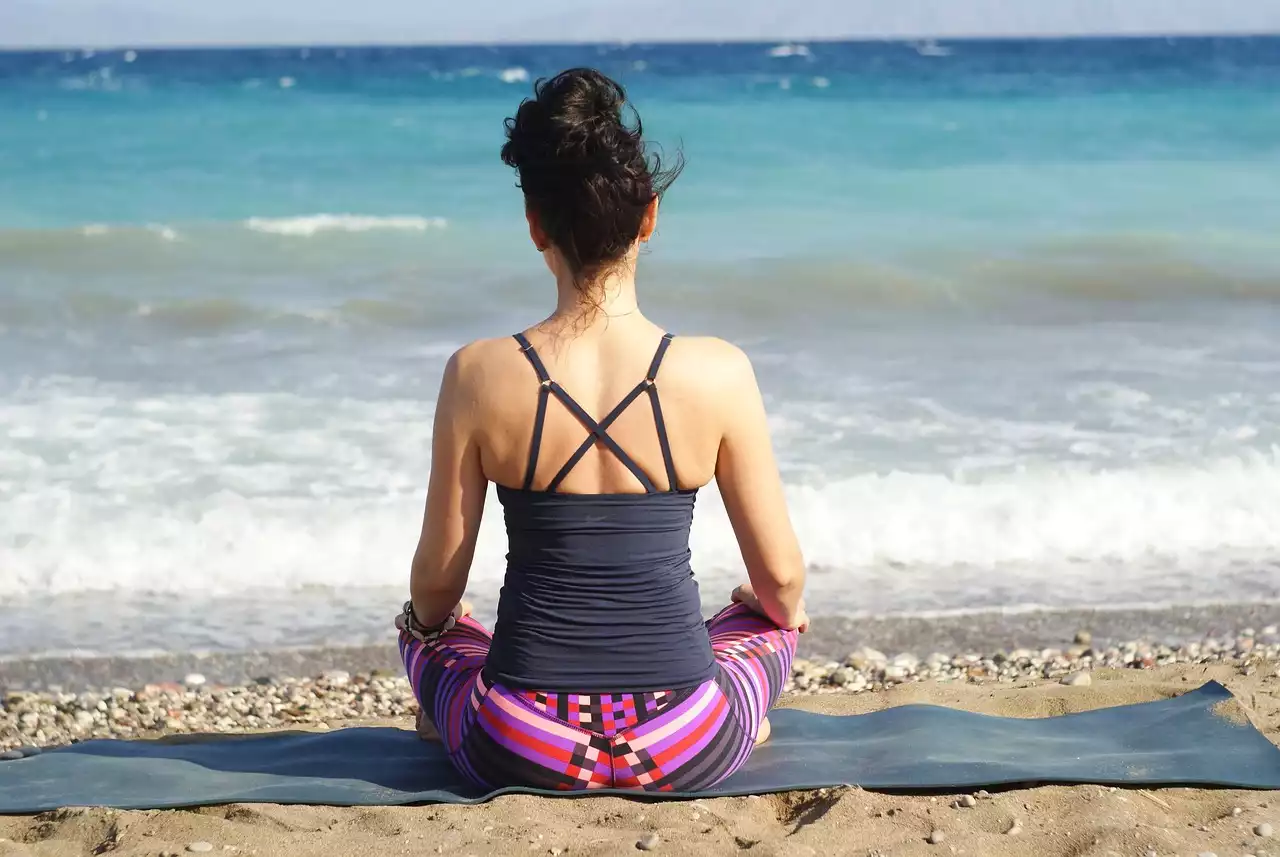What is mindfulness?
Mindfulness is the practice of being fully present and engaged in the current moment, without judgment or distraction. It involves paying attention to your thoughts, feelings, and surroundings, and accepting them without trying to change or control them. Mindfulness can help you develop a greater sense of self-awareness, reduce stress and anxiety, and improve your overall mental and physical health.
The benefits of practicing mindfulness
There are numerous benefits to practicing mindfulness, including:
1. Reduced stress and anxiety
2. Improved focus and concentration
3. Enhanced emotional regulation
4. Increased self-awareness
5. Improved physical health, including lower blood pressure and reduced inflammation
Research has shown that practicing mindfulness can also lead to changes in the brain, including increased activity in regions associated with emotion regulation and decreased activity in regions associated with mind-wandering and self-referential thinking.
Mindful breathing exercise
One of the simplest mindfulness exercises is the mindful breathing exercise. To practice this exercise, find a quiet place where you can sit comfortably with your back straight. Close your eyes and focus your attention on your breath as it enters and leaves your body. Notice the sensation of the air moving in and out of your nose or mouth, and the rise and fall of your chest and belly.
As you focus on your breath, you may notice that your mind starts to wander. That's okay when you notice your thoughts drifting away, simply bring your attention back to your breath. You can practice this exercise for as long or as short as you like, but aim for at least five minutes to start.
Body scan meditation
Body scan meditation is another simple mindfulness exercise that can help you develop greater awareness of your body and reduce physical tension. To practice this exercise, lie down on your back with your arms and legs uncrossed. Close your eyes and focus your attention on your body, starting with your toes and working your way up to the top of your head.
As you focus on each part of your body, notice any sensations or feelings that arise, without judgment or resistance. If you notice any tension or discomfort, breathe into that area and allow it to release. You can practice this exercise for as long or as short as you like, but aim for at least ten minutes to start.
Mindful walking exercise
If you prefer to be active, the mindful walking exercise may be a good fit for you. To practice this exercise, find a quiet place where you can walk slowly and without distractions. As you walk, focus your attention on the sensation of your feet touching the ground, the movement of your legs, and the air moving in and out of your body.
If your mind starts to wander, simply bring your attention back to your walking. You can practice this exercise for as long or as short as you like, but aim for at least five minutes to start.
Mindful eating exercise
Mindful eating can help you develop a greater appreciation for your food and reduce overeating. To practice this exercise, choose a small amount of food that you enjoy, such as a piece of fruit or a small square of chocolate. Sit down at a table and focus your attention on the food in front of you.
Before taking a bite, notice the color, texture, and smell of the food. As you eat, savor each bite, noticing the flavor and texture of the food. Take your time, chewing slowly and mindfully. If your mind starts to wander, simply bring your attention back to your food. You can practice this exercise for as long or as short as you like, but aim for at least five minutes to start.
Mindful Eating 101
Mindful gratitude practice
Finally, the mindful gratitude practice can help you cultivate a greater sense of gratitude and appreciation for the good things in your life. To practice this exercise, find a quiet place where you can sit comfortably with your eyes closed. Take a few deep breaths and focus your attention on your breath.
As you breathe, think of three things that you are grateful for in your life. They can be small or large, tangible or intangible. For each thing, take a moment to appreciate it fully, feeling the gratitude in your body and mind. You can practice this exercise for as long or as short as you like, but aim for at least five minutes to start.
How to incorporate mindfulness into your daily routine
Incorporating mindfulness into your daily routine doesn't have to be difficult or time-consuming. Here are some simple ways to incorporate mindfulness into your day:
1. Wake up a few minutes early and practice a mindfulness exercise before starting your day.
2. Take a few minutes during your lunch break to practice a mindfulness exercise.
3. Practice mindfulness while doing everyday tasks, such as washing dishes or brushing your teeth.
4. Take a few minutes before bed to practice a mindfulness exercise and wind down from the day.
Mindfulness apps to try
If you need some help getting started with mindfulness, there are many great apps available. Here are a few to try:
1. Headspace
2. Calm
3. Insight Timer
4. 10% Happier











